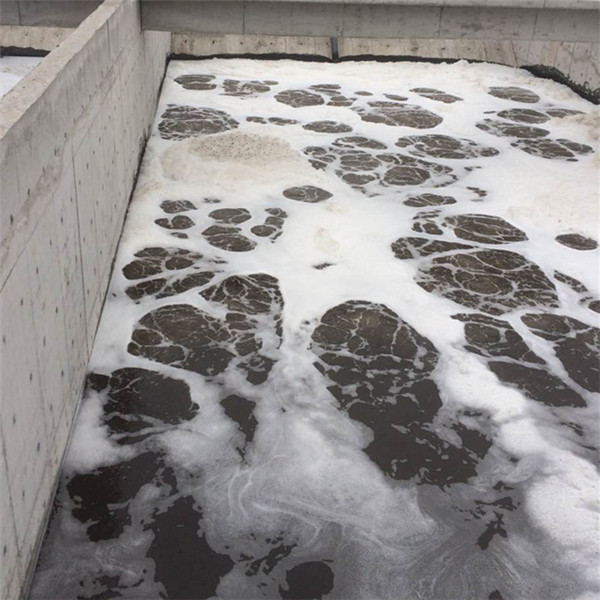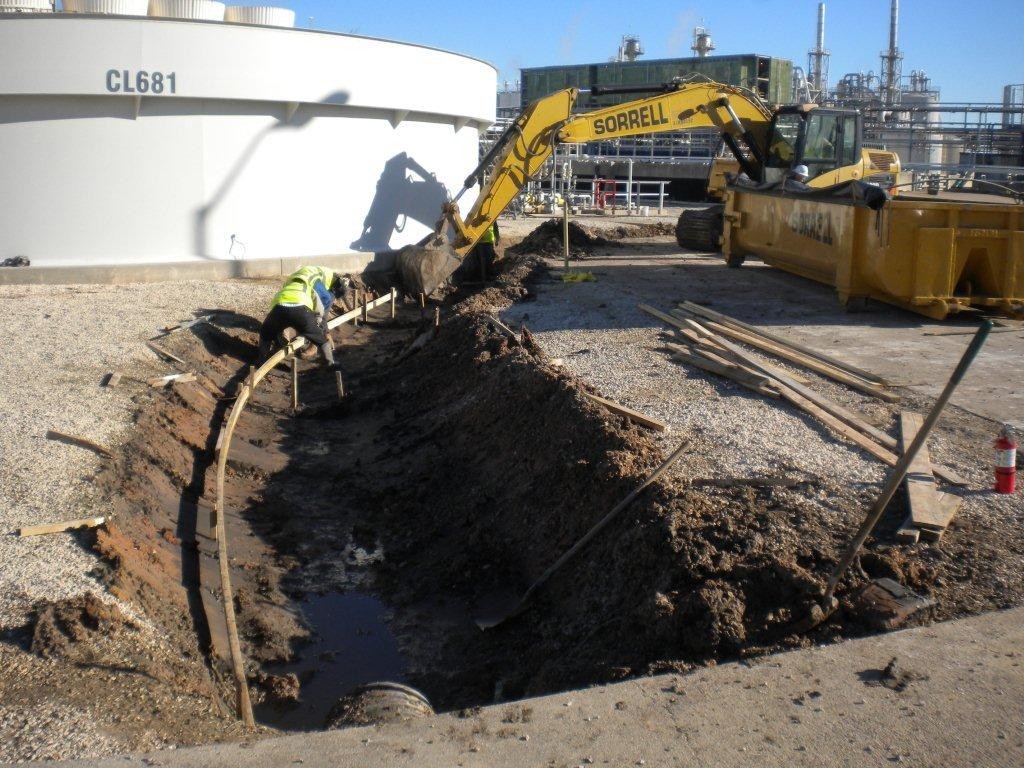

If a grassed waterway is not adequate, then a rock ditch liner, erosion control blanket or paved ditch is specified and the design is complete. Permanent conditions are analyzed in order to determine if a grassed waterway is adequate. After these limits have been determined, the design of all ditches is reviewed toward eliminating or minimizing required ditch protection by widening ditches or flattening ditch grades. Runoff and corresponding ditch flow depths and shear stresses are computed at random points as necessary to determine the limits of the various types of ditch protection required. The shear stress is determined by the method given below.ĭitches are designed to at least the minimum freeboard shown in EPG 748.3 Freeboard. The depth of flow in the channel is determined by means of open channel flow computations as discussed in Open Channels. The design flow rates at various points along the channel are computed by means of the rational formula as discussed in Hydrologic Analysis. The type of lining which will provide the necessary protection at the least cost is generally selected. The selection of proper erosion protection consists of estimating the design flow rate at points along the channel length and determining the depth of flow and corresponding shear stress at these points, for various types of linings. It is usually cheaper to widen ditches or flatten special ditch grades than to use sod, erosion control blankets, rock or pavement.

Economy is the prime factor for the final selection of the type of ditch protection. Ditch erosion is controlled by widening ditches, flattening ditch grades, or by application of proper ditch protection such as mulch, sodding, erosion control blanket, rock ditch liner and paved ditches. All ditches are analyzed to determine erosion control measures necessary to minimize maintenance. Control of sheet erosion is discussed in Embankment Protection and Pollution, Erosion and Sediment Control.Ĭontrol of ditch erosion is given careful consideration during design to reduce maintenance costs and to improve appearance. This article is concerned with methods and criteria for the control of gully erosion in roadside channels and at culvert outlets. These provisions must include measures for the control of both sheet and gully erosion during and after construction. Providing for the control of erosion is a necessary part of the complete design of any highway construction project. 9 750.6.9 Internal Baffle Ring Energy Dissipators.7 750.6.7 Impact Type Energy Dissipator.6 750.6.6 Rock Lining at Culvert Outlets.5 750.6.5 Erosion Control at Culvert Outlets - General Criteria.4 750.6.4 Interception Levees and Ditches.3.6 750.6.3.6 Typical Permissible Shear Stresses for Ditch Protection.3.4 750.6.3.4 Erosion Control Blankets and Turf Reinforcement Mats.


 0 kommentar(er)
0 kommentar(er)
